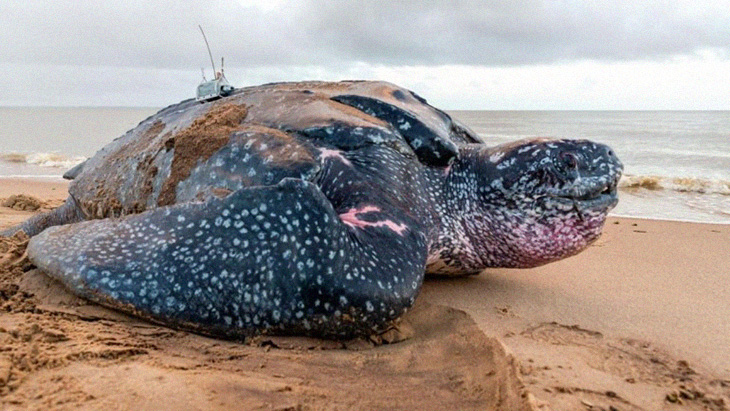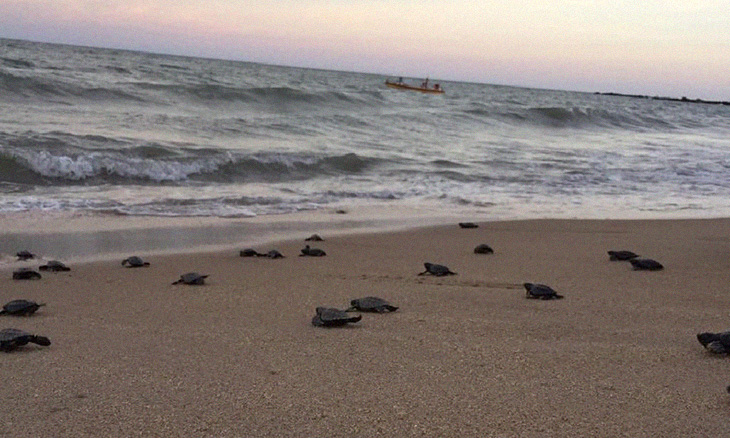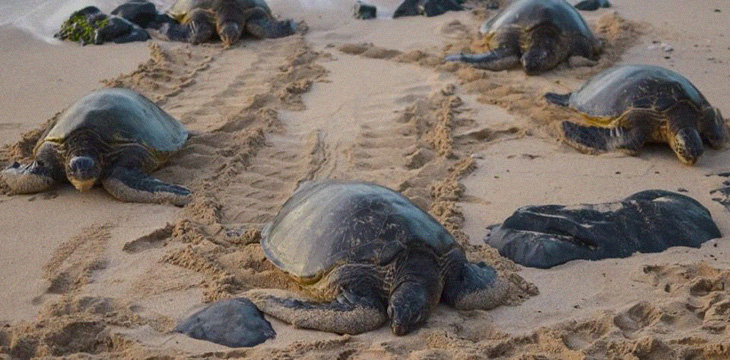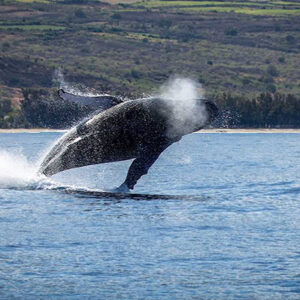
The Coronavirus pandemic has affected tourism for many nations, as well as damaging world economies. But there are always two sides of a coin, and a lot of benefits to wildlife and the environment are evident due to the human quarantine and lockdown in most places. Thailand, one of the most visited Asian countries by tourists, is reeling from the drop in tourism due to the virus. But, its popular beach destinations are seeing the biggest increase in nests of rare leatherback sea turtles in 20 years.
It seems that we humans are the cause of many environment and wildlife problems, and with hardly any soul found on the beaches, Mother Nature is giving the animal kingdom a much needed respite with fantastic results. Authorities have found 11 new nesting sites of the rare reptile since November of last year, the highest number in 2 decades. 11 nests may not be a significant amount to some of us, but given that Thailand’s beaches attract about 30 million tourists each year, normal times would not allow these sea creatures any inch of space on the beach. But the pandemic has halted the normal flow of people, and thankfully, nature is taking its chance without human interruption. For the last 5 years, no single nest was found.

The director of the Phuket Marine Biological Center, Kongkiat Kittiwatanawong, said, “ This is a very good sign for us because many areas for spawning have been destroyed by humans. If we compare to the year before, we didn’t have this many spawn, because turtles have a high risk of getting killed by fishing gear and humans disturbing the beach.” Well, this pandemic is making lots of humans aware of their faults, hopefully we learn from it.
The leatherback turtles are the largest in the world. They can reach a length of about 7 feet, and weigh up to 2,000 pounds. In Thailand, they are considered endangered while the International Union for Conservation of Nature and the WWF list them as a vulnerable species. They require soft, sandy beaches with broad access from the ocean for their nesting sites. About 100 eggs are laid by the females and covered up to keep them safe from predators. During normal times, most nests are located in remote and quiet areas not frequented by humans. Sadly, people dig up these nests and steal the eggs. Conservationists worry that due to rapid climate change, animals such as these turtles will not be able to adapt, and severe repercussions will be evident.

But thankfully, this pandemic has given some creatures a chance to adapt and make the most of their natural habitat, habitats that are usually full of people. And this is not an isolated case, places all over the world are experiencing natural wonders regarding wildlife. In the eastern coast of India, 475,000 endangered Olive Ridley sea turtles were able to dig and lay eggs, which experts expect to be around 60 million eggs a year. Brazil witnessed about a hundred hawksbill turtles successfully hatched on a beach in Paulista, Pernambuco. Florida has also seen over 69 sea turtle nests, majority belonging to the leatherbacks. But these amazing wildlife miracles are not just happening to turtles, lots of animals are taking advantage of the lack of people in the usual places. Hopefully the pandemic ends soon, but the notion of how we have damaged the environment and figuring to do something positive about it should remain.After all, we are not the only inhabitants of Mother Earth…and we definitely were not the first.
What are your thoughts? Please comment below and share this news!
True Activist / Report a typo


